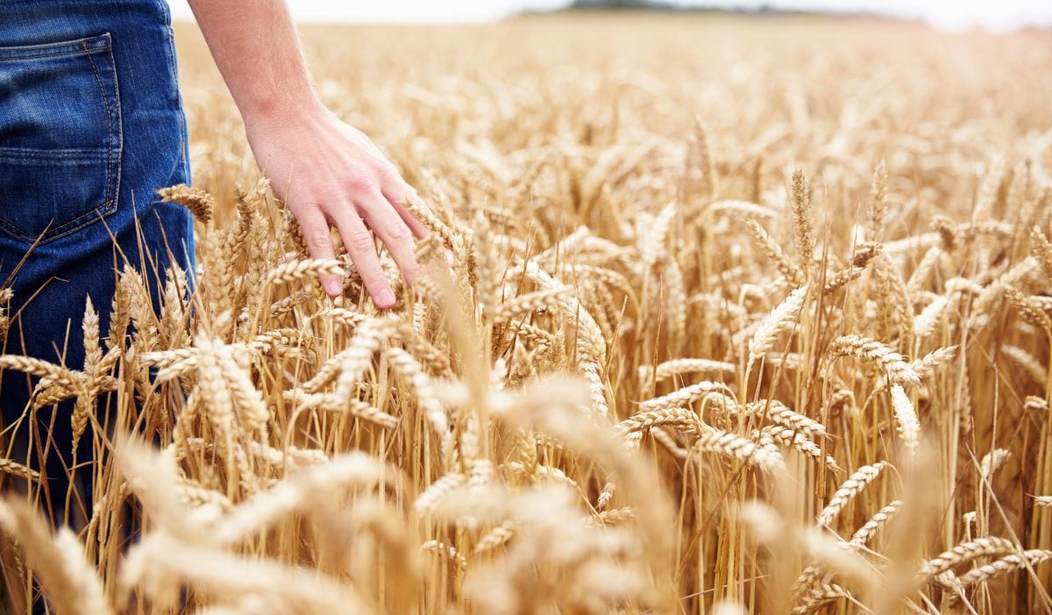For those of you who grew up on a farm or in a farming community, there is no mystery about where your food comes from. You know that hamburgers comes from cows, pickles are made from cucumbers, and that lettuce is a plant.
But a surprising number of Americans are ignorant of those basic facts. Indeed, an astonishing 6.7% of Americans actually believe chocolate milk comes from brown cows. While some people will believe anything, this kind of “agricultural illiteracy” leads to bad food choices.
In some ways, this ignorance is perfectly logical. The writer and historian Ann Vileisis has argued that it developed in lockstep with the industrial food system.
As more Americans moved into cities in the mid-1800s, she writes in the book “Kitchen Literacy,” fewer were involved in food production or processing. That trend was exacerbated by innovations in transportation and manufacturing that made it possible to ship foods in different forms, and over great distances.
By the time uniformity, hygiene and brand loyalty became modern ideals — the latter frequently encouraged by emerging food companies in well-funded ad campaigns — many Americans couldn’t imagine the origins of the boxed cereals or shrink-wrapped hot dogs in their kitchens.
Today, many Americans only experience food as an industrial product that doesn’t look much like the original animal or plant: The USDA says orange juice is the most popular “fruit” in America, and processed potatoes — in the form of french fries and chips — rank among the top vegetables.
“Indifference about the origins and production of foods became a norm of urban culture, laying the groundwork for a modern food sensibility that would spread all across America in the decades that followed,” Vileisis wrote, of the 20th century. “Within a relatively brief period, the average distance from farm to kitchen had grown from a short walk down the garden path to a convoluted, 1,500-mile energy-guzzling journey by rail and truck.”
The past 20 years have seen the birth of a movement to reverse this gap, with agriculture and nutrition groups working to get ag education back into classrooms.
Aside from FoodCorps, which worked with slightly more than 100,000 students this year, groups like the National Agriculture in the Classroom Organization and the American Farm Bureau Foundation are actively working with K-12 teachers across the country to add nutrition, farm technology and agricultural economics to lessons in social studies, science and health. The USDA Farm to School program, which awarded $5 million in grants for the 2017-2018 school year on Monday, also funds projects on agriculture education.
For National Dairy Month, which is June, NACO has been featuring a kindergarten-level lesson on dairy. Among its main takeaways: milk — plain, unflavored, boring white milk — comes from cows, not the grocery case.
Nutritionists and food-system reformers say these basic lessons are critical to raising kids who know how to eat healthfully — an important aid to tackling heart disease and obesity.
Most of us eat the way we were brought up. If we lived on fast food and snacks, chances are pretty good that’s what we’ll be eating today. It takes a conscious effort to change your eating habits in order to eat healthier and smarter. Many just don’t know how to eat well. Others don’t want to be bothered. In the end, the way we eat determines our health, our well being, and our quality of life.
Growing up in the Midwest and now living in a rural area of Illinois, it never ceases to amaze me the bounty provided to us by American farmers. A drive from Chicago to Des Moines is an eye opener. Millions of acres of corn, wheat, soy beans and every other vegetable, along with dozens of pig and cattle farms roll by, effortlessly telling the story of our agricultural success.
If kids don’t know the difference between canned corn and corn on the cob, that’s a problem. Basic education would do well to include information on how food is grown and processed, and why eating fresh is always better.










Join the conversation as a VIP Member